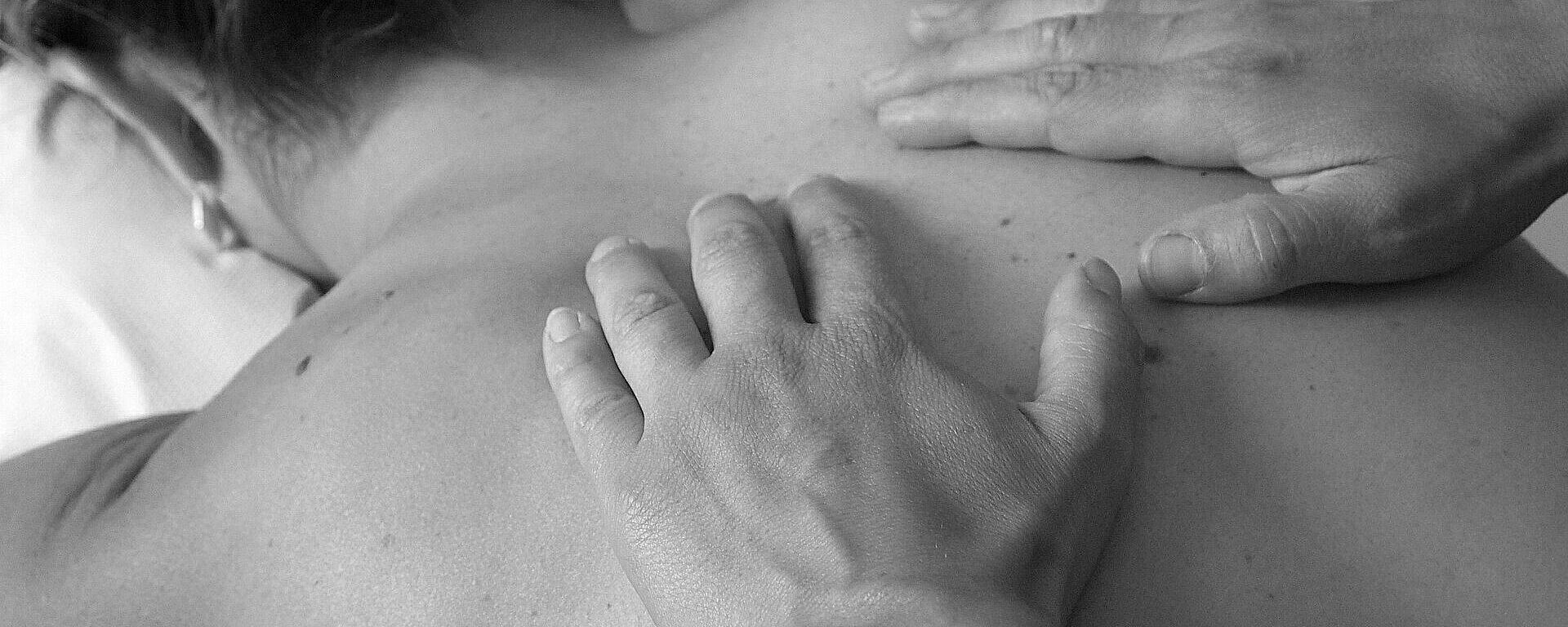
If you’re reading this, it’s likely you rolled out of bed this morning … and man, did it hurt!
Trust me, I’ve been there, and have dealt with muscle soreness after a workout that was so intense that it woke me up in the middle of the night when I rolled over.
Luckily, those days are few and far between now that I’ve discovered methods for easing the DOMS (delayed onset muscle soreness) madness!
Let’s dive into them, as they can truly make a huge difference in your level of soreness and stiffness from here on out, so you aren’t debilitated y sore muscles for days on end.
What Is Delayed Onset Muscle Soreness and Why Does It Occur?
Delayed onset muscle soreness (DOMS for short) is the muscle soreness that occurs following an intense workout. It is referred to as “delayed” due to the fact that the soreness usually sets in 2 days after a workout.
Why is this?
When we workout (and specifically, lift heavy weights) microscopic tears are created in our muscle fibers. This sounds slightly horrifying (haha), but these tears need to occur in order for your muscles to repair themselves and grow bigger and stronger. As you can imagine, tears in any tissue can create some soreness, which is one of the reasons for DOMS occurring.
Another reason is due to the build up of a substance called lactic acid in your muscles. When we perform intense exercise, our muscles crave more oxygen to fuel the activity. However, when we’re working faster or harder than our body can supply that oxygen (such as during intense HIIT workouts or lifting heavy weights), a sequence of chemical events occurs that creates lactate, allowing our physical activity to resume. While this allows us to keep working, it also creates a more acidic environment in our muscles, as lactic acid begins to build up.
In the days following your workout, your body begins to flush the excess lactic acid, and while there is some debate as to whether this is the cause of DOMS, it is clear it plays a role in muscle soreness, since it is the cause of the burning sensation you feel at the end of your heavy reps.
Tips to Ease Sore Muscles
1. Foam Roll
Studies show that just a 20-minute foam rolling session can significantly reduce muscle tenderness and pain, as well as improve some aspects of performance, such as increased range of motion.
Foam rolling can be thought of as “self-massage” for those us of who don’t have sport massage therapists handy. The sweeping motion of the roller across your muscles mimics the sweeping motion of hands, and can help reduce tightness and stiffness, so more oxygenated blood can enter tissues.
I like to get in my foam roll sessions before bed or after a workout (you can foam roll lightly before a workout, but save the deeper rolling for after your workout or after a bath so that your muscles are warm). Try to get in at least a good 10-15 minutes, and be sure to roll slowly over tender areas, pausing on large knots for a breath.
2. Soak (with Epsom salts)
We’ve all experienced the relaxing effect of a warm bath (it’s like a warm compress over our entire body), so I would encourage you to get in some bath time. However, make sure you add in this one important addition: Epsom salts (magnesium) are proven to helps ease muscle soreness and stiffness, joint stiffness, and relax your entire nervous system. Soaking will help raise your magnesium levels as a whole, which is beneficial for your entire body, as magnesium plays a role in almost every crucial process, including cellular energy management and muscular contraction.
3. Try Magnesium
Magnesium is a vital mineral that helps maintain normal muscle and nerve function, and has been shown to help significantly ease muscle soreness and tightness by acting as a muscle relaxtant. Studies also show that not getting enough magnesium can cause a build up of lactic acid, which is a key factor in DOMS, or delayed-onset muscle soreness.
My favorite way to get in my daily magnesium dose is through Onnit’s New Mood (try it for FREE here!), which contains other calming herbs and B-vitamins that can help relax your body.
Bonus points for New Mood: you’ll likely sleep like a baby after taking it, and experience less physical as well as psychological stress.
4. Keep Moving
I know: the last thing you want to do when your muscles are screaming at you is get up and move. However, not moving can actually create more soreness (and for longer) in the long run, as lack of movement stiffens your muscles and reduces circulation, depriving your tissues of much-needed nutrients and oxygen for repair.
In fact, studies show that active recovery can help reduce soreness and muscle fatigue, as well as markers for inflammation (another cause of pain following a workout).
Now, I’m not suggesting you go into a full beast-mode workout, but do try to get in some active recovery (check out the video below), which will also warm you up perfectly for a deep foam roll.
To Recap:
• Muscle soreness occurs due to microscopic tears made in our muscle during intense exercise
• Delayed-onset muscle soreness can occur 2-3 days after an intense workout
• Foam rolling, soaking in Epsom salts, active recovery exercises, and supplementing with magnesium (Onnit’s New Mood) can significantly reduce muscle soreness, stiffness, and fatigue.